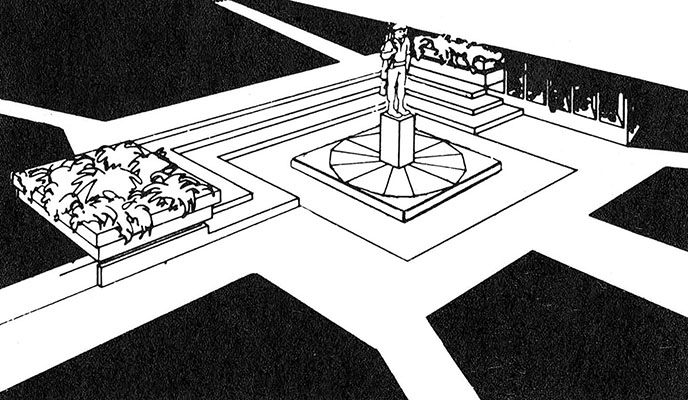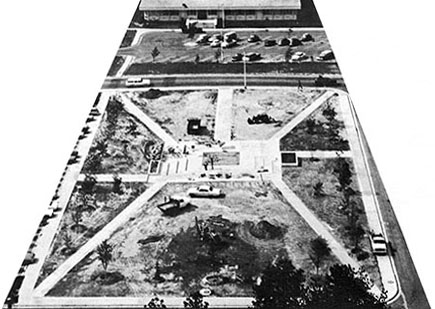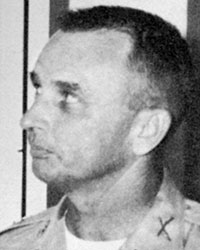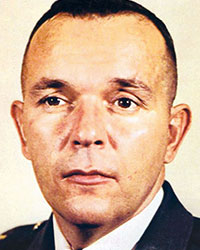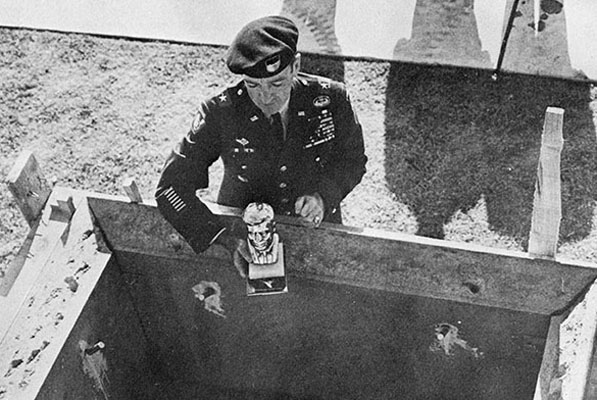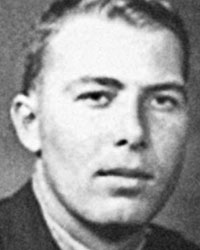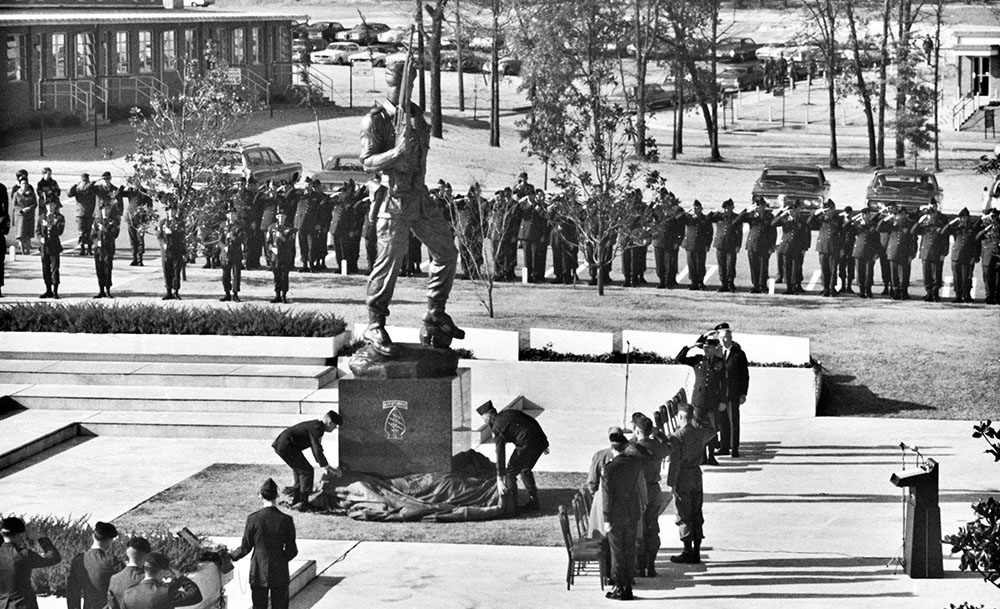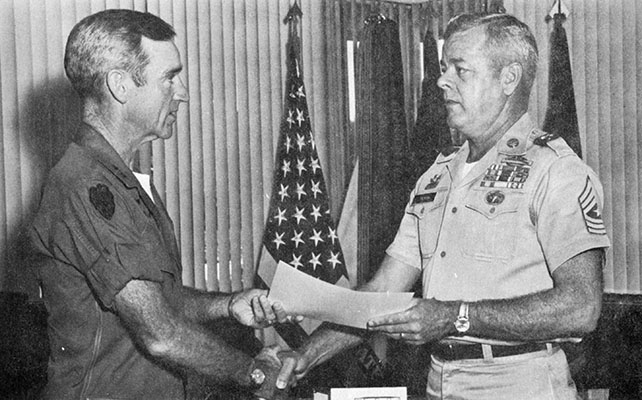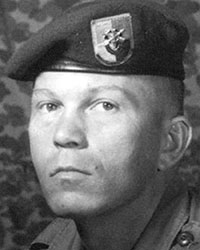SIDEBAR
DOWNLOAD
On the U.S. Army Special Operations Command’s (USASOC) Memorial Plaza at Fort Bragg, North Carolina, there is a statue that according to Major General (MG) Edward M. Flanagan, Jr. in 1969 symbolized “the things for which Special Forces stands.”1 Located atop a five-foot green granite pedestal, this twelve-foot tall bronze soldier maintains a silent vigil over the more than a thousand names of ‘Special Warriors’ who made the ultimate sacrifice and are immortalized on the Memorial Wall. The sculpture, simply inscribed with the words “GREEN BERET,” symbolizes the past, present, and future of Army Special Forces. Unveiled at the height of the Vietnam War, the statue demonstrates the dual roles of Special Forces soldiers who “do many things for good and, only reluctantly, very few for evil.”2 This article provides a brief history of this statue. It all began in 1964.
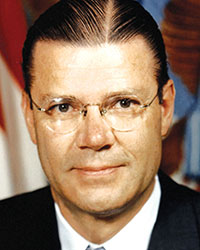
On 20 March of that year, Secretary of Defense Robert S. McNamara officiated at the ceremony that changed the name of the Army’s Special Warfare Center to the U. S. Army John F. Kennedy Center for Special Warfare (USAJFKCSW). Afterwards, Secretary McNamara challenged the Special Warfare community to erect a memorial for its soldiers who died in combat by personally donating $1,000 to the CSW Command Sergeant Major (CSM), Francis J. Ruddy, to start the project. In 1964 this would not have been unusual. At that time, special warfare was defined as “the integrated application of the three major components of counterinsurgency (CI), psychological operations (PSYOP), and unconventional warfare (UW) by specially trained men to achieve their nation’s objective—be it in cold, limited, or general warfare,” and the best known soldiers engaged in that type of warfare were the Special Forces or Green Berets.3 The result was that since the majority of the special warriors killed in action at that time were men who had volunteered for Special Forces, the figure chosen to represent all special warriors was a ‘Green Beret’.4
To maintain the project’s momentum until it was completed, a non-profit fund raising trust committee was established and registered in North Carolina. Named the Special Warfare Memorial Committee, it was formed from the officers, non-commissioned officers, and civilians of special warfare’s three major components of Counter Insurgency, PSYOP, and Unconventional Warfare (CI, PSYOP, and UW). Its chairman, Colonel (COL) Jesse G. Ugalde, Commander, 3rd Special Forces Group (Airborne), was assisted by two additional subcommittees. The first was the Concepts and Construction Subcommittee, headed by Lieutenant Colonel (LTC) H. E. Brown, Jr., the CSW Engineer Officer. The second was the Fund Raising Subcommittee, chaired by COL Louis A. Waple, Commander, 2nd Psychological Operations Group. The formation of the memorial committee allowed the members the opportunity to turn their attention to resolve the three major issues that could have potentially stopped the entire project: site selection and layout, choice of a sculptor, and raising funds to pay for the project.5

The first challenge that faced the committee was to select a location and design for the memorial plaza. This was finalized by 1966 when the Special Warfare Memorial committee unanimously agreed on a 51,000 square foot plot directly across Ardennes Street from Kennedy Hall. The landscape design was created by Private First Class (PFC) Brian H. Clark of Headquarters and Headquarters Company (HHC), 13th Psychological Operations Battalion.6 Clark’s concept reflected both a harmony with the surrounding landscape and special warfare statue, as well as a 170 foot by 300 foot plaza of white cement and stone that contrasted with its surroundings at the same time it blended with Kennedy Hall. Although a commercial firm was awarded the construction contract, much of the preparatory labor was performed either by the men of the Center’s engineer units as training or by other Special Warfare soldiers on a volunteer basis.7 This effort alone involved moving more than 600 tons of dirt so that the plaza’s steps, planters, and southern magnolia, pink and white dogwood, and live oak trees would be on a distinctively horizontal plane.8

